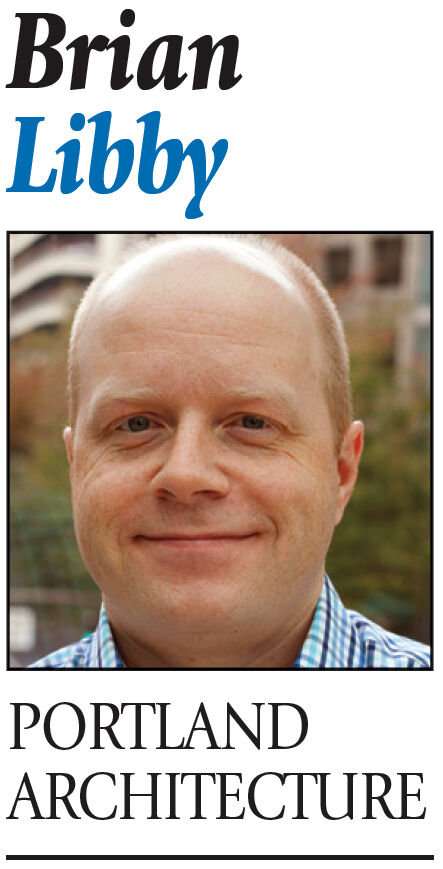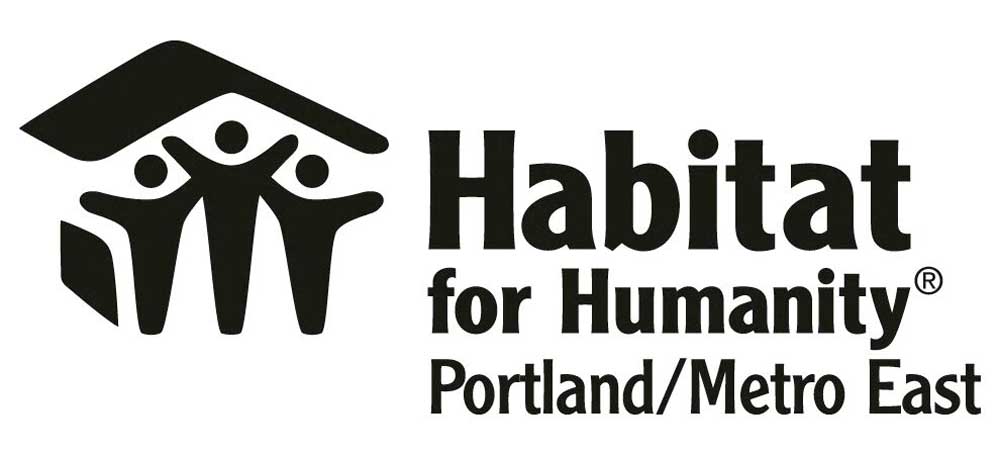Urban forestry’s moment: A once-in-decades opportunity to grow the city’s tree canopy, and this time equitably
Published 6:30 am Thursday, April 20, 2023

- Brian Libby, author of Portland Architecture (portlandarchitecture.com).
Vivek Shandas has been waiting for this moment.
Trending
A northern California native, he grew up in the massive shadow of redwood forests, which early-on “instilled in me the notion that these landscapes and the way we manage them over generations really makes a big difference,” Shandas recalls.
As a founding director of Portland State University’s Sustaining Urban Places Research Lab as well as a professor in the Nohad A. Toulan School of Urban Studies and Planning since 2005, he has seen urban forestry struggle through decades of budget cuts and disinvestment, even though it’s long been known that trees are our most effective tool against climate change.
Thanks to the Inflation Reduction Act, signed by President Biden last August, unprecedented $1.5 billion is now being allocated to urban forestry.
Trending
“It’s unprecedented for so many reasons,” Shandas says.
The funding also comes as urban forestry’s best practices have changed.
“It’s not just about planting a tree and walking away,” he explains. “It really is about engaging the community.”
In addition to fighting climate change by removing carbon dioxide from the air, trees’ summertime shading can reduce temperatures by as much as 20 to 45 degrees. According to the U.S. Department of Energy, trees placed to shade a house can reduce energy costs by 25%.
Portland, like most American cities, has an uneven tree canopy, with just a handful of neighborhoods holding the majority of the trees. Shandas and other researchers have found correlations between tree-canopy disparity, income levels and race. The poorest and most ethnically-diverse places tend to have the fewest trees and the greatest heat-island effect. These neighborhoods’ remaining canopies are also the most vulnerable to further deterioration.
Local tree-planting efforts have been complicated the city’s decision to no longer partner with nonprofit Friends of Trees; hopefully a new nonprofit will fill the void. More broadly, long term street-tree planting and care may also necessitate a broader look at parking strips, which in some neighborhoods are too thin to accommodate shade trees. Just as we’ve done for bioswales as part of stormwater management, we need to claim more curbside parking for greenery.
There are other ways to grow the canopy. Shandas sees ample opportunity in public schools, for example: using trees to shade and to educate. The majority of urban trees, however, are actually rooted on private property: in people’s yards. Yet convincing more homeowners to add greenery sometimes means overcoming pushback.
“We had several trees in the recent ice storm and windstorms drop branches. It gets into issues of concern over property damage or damage to life,” Shandas explains. “But often the fear of falling trees tends to be much greater than the reality of what actually happens.”
That’s all the more reason that community outreach is a vital part of urban forestry: involving and educating locals at every stage of the process, from planting and ongoing care. Tree-planting can overlap with workforce development, with empowering emerging small businesses, even traffic calming. And if we find more ways to get urban kids to experience the wilderness, maybe another kid can feel the same spiritual uplift in Oregon’s Douglas-fir-covered Cascades that Dr. Shandas did amongst the California redwoods.
“If we planted 100 trees without a single community member being involved, to me that would be less of a benefit to the city than planting 50 trees with a lot of community engagement,” Shandas says. “Because they will continue to be taken care of. They will continue to be monitored and checked on. To me it’s so much less about the stems that we plant in the ground than about the communities that are actively involved in that process.”







